Art & Exhibitions
Surrealism Was Only a Small Part of Dorothea Tanning’s 70-Year Career. A New Gallery Show Reveals the True Breadth of Her Output
The show will change the way many viewers think about the artist.

The show will change the way many viewers think about the artist.

Sarah Cascone

Dorothea Tanning is known as one of the great Surrealists, but a new show at New York’s Kasmin Gallery reveals a very different side of the artist.
In the artist’s biggest U.S. show in decades, the New York gallery has staged a remarkable showcase of Tanning’s work. Many of the dreamlike canvases, in washes of color and light, blur the boundaries of figuration and abstraction with fragmented imagery.
The show, titled “Dorothea Tanning: Doesn’t the Painting Say It All,” features works dating from 1947 to 1987. Organized in conjunction with the Destina Foundation, it brings together 19 paintings, including major loans such as the show-stopping 1962 canvas Aux environs de Paris (Paris and Vicinity), from the Whitney Museum of American Art.
As in many of the works on view, mysterious figures seem to shimmer in and out of focus in the painting. Hazy body parts emerge piecemeal from swaths of vibrant colors.
“Around 1955 my canvases literally splintered,” Tanning wrote in her memoir. “I broke the mirror, you might say.”
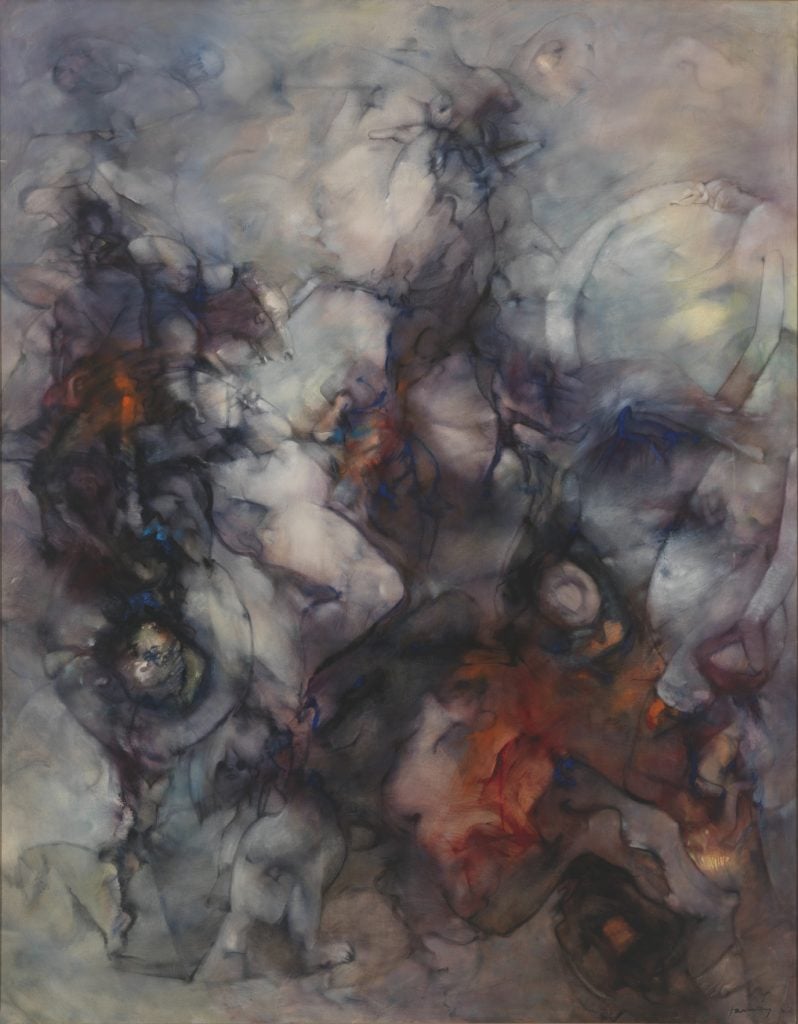
Dorothea Tanning, Aux environs de Paris (Paris and Vicinity), 1962. Collection of the Whitney Museum, New York. Photo courtesy of the Dorothea Tanning Foundation, ©2022 the Destina Foundation/Artists Rights Society, New York.
Yet Tanning, who died in 2012 at the age of 101, remains almost exclusively associated with Surrealism, and for works like her haunting Eine Kleine Nachtmusik, an unsettling interior scene of a girl whose hair stands on end, a life-sized doll in a state of undress, and a massive sunflower.
“Dorothea would say, ‘I am a Surrealist, but my art is not necessarily Surrealism,'” Kasmin Gallery director Emma Bowen told Artnet News. “What you think of with Surrealism are these dreamscapes that don’t really make any sense, that are highly figurative and highly rendered.”
But while Tanning’s best-known work tends to be from the 1940s, there’s little knowledge of the very different styles she was working in for most of her life. The show encapsulates her growth over the later years of her career, including after the death of artist Max Ernst, her husband of 30 years, in 1976.
“While she didn’t want to subscribe to specific genres of paintings, she kind of hits them all,” Bowen said. “There’s Expressionism and abstraction and figuration and Mannerism and Impressionism—she’s not doing any of those things specifically, but she’s pulling from them.”
See more works from the show below.
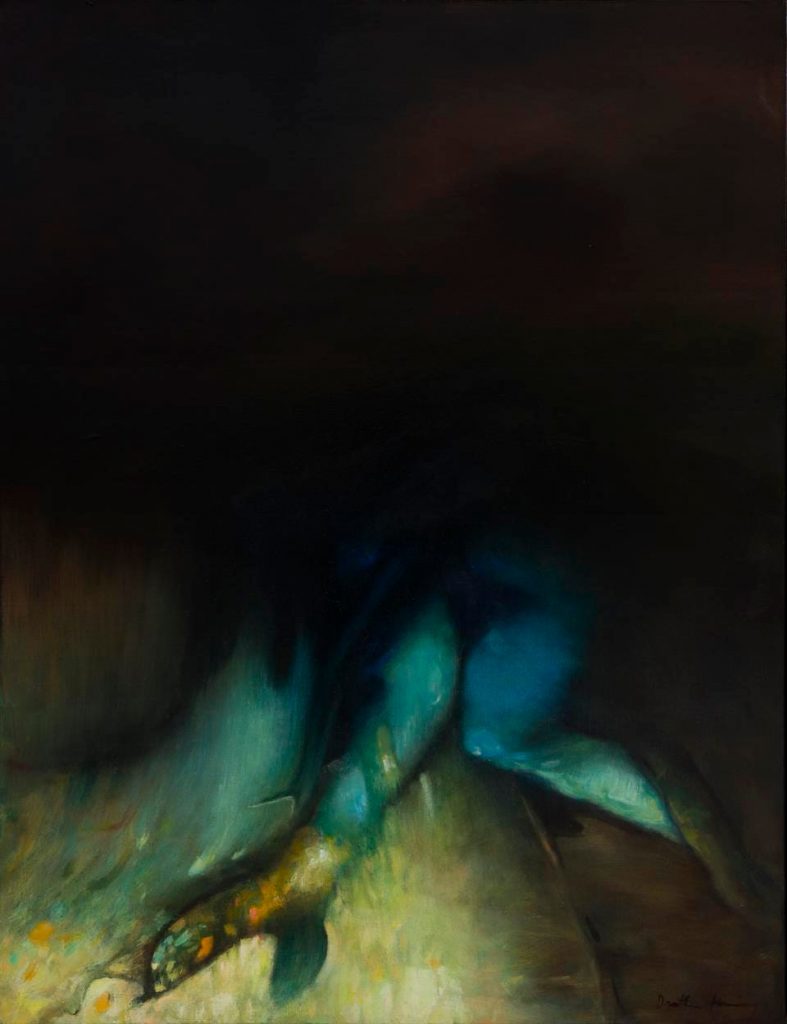
Dorothea Tanning, Pour Gustave l’adoré (1974). Photo by Diego Flores, courtesy of Kasmin Gallery, New York, ©2022 the Destina Foundation/Artists Rights Society, New York.
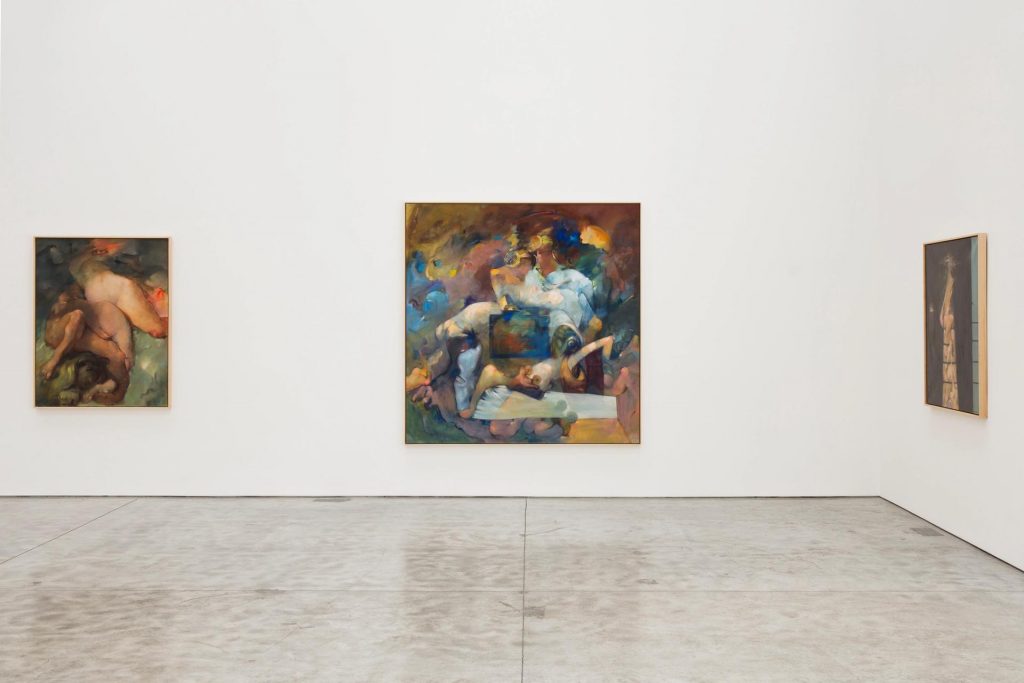
“Dorothea Tanning: Doesn’t the Painting Say It All” at Kasmin Gallery, New York. Photo by Diego Flores, courtesy of Kasmin Gallery, New York, ©2022 the Destina Foundation/Artists Rights Society (ARS), New York.
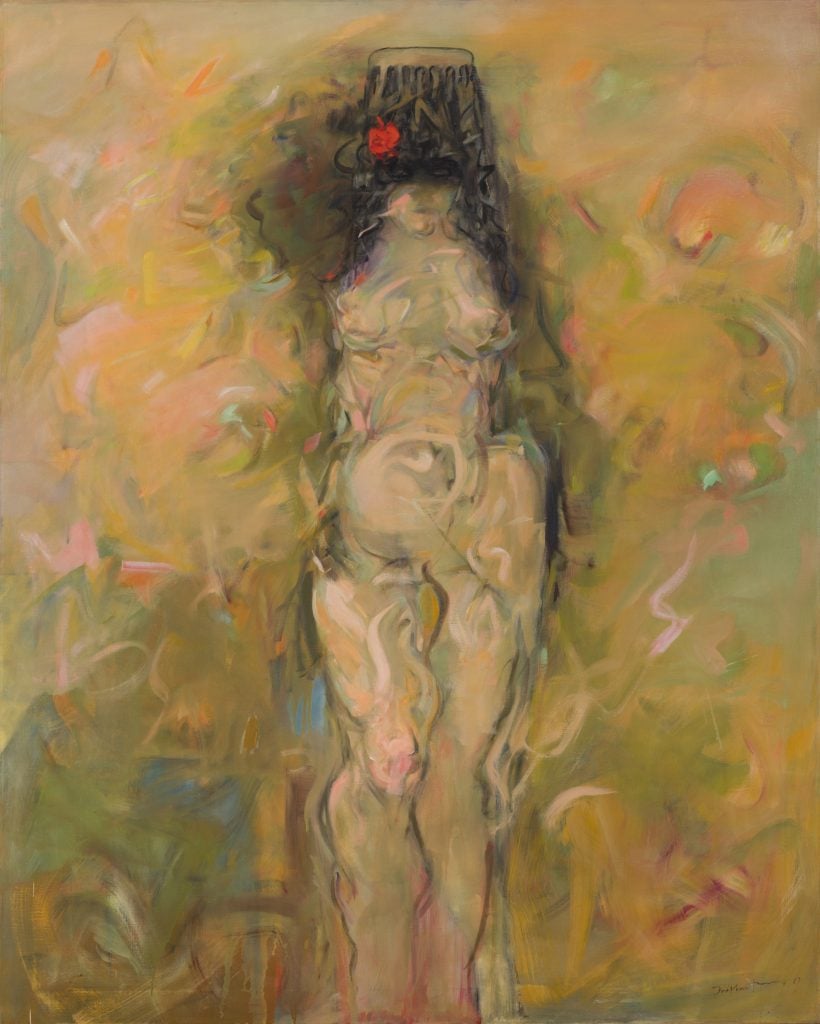
Dorothea Tanning, Woman, Artist, Nude, Standing (1985–87). Photo by Diego Flores, courtesy of Kasmin Gallery, New York, ©2022 the Destina Foundation/Artists Rights Society (ARS), New York.
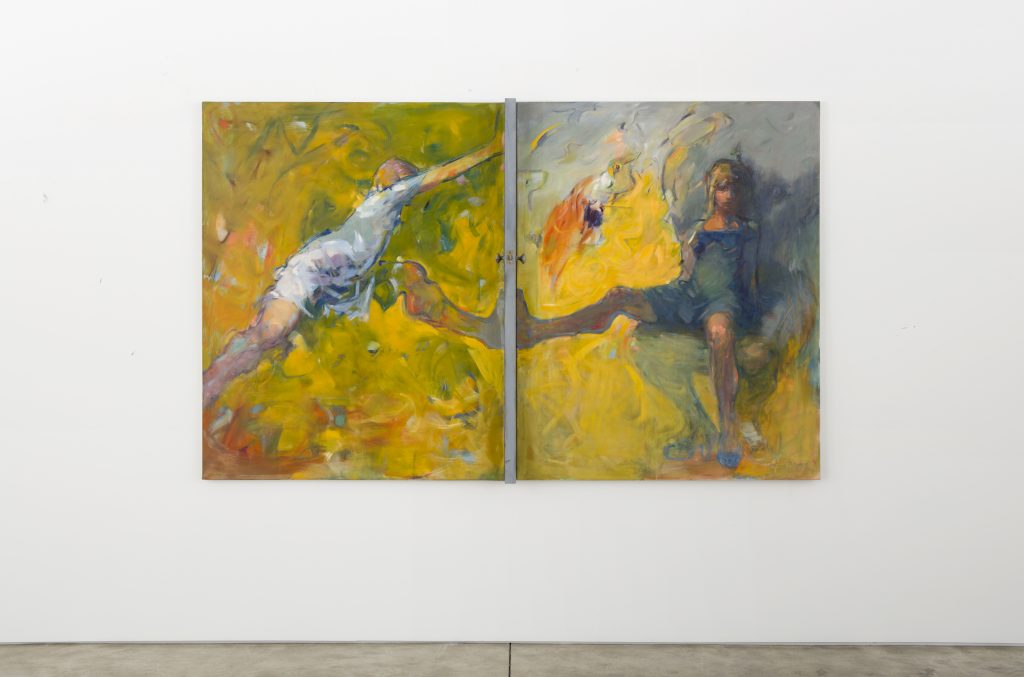
Dorothea Tanning, Door 84 (1984). Photo by Diego Flores, courtesy of Kasmin Gallery, New York, ©2022 the Destina Foundation/Artists Rights Society (ARS), New York.
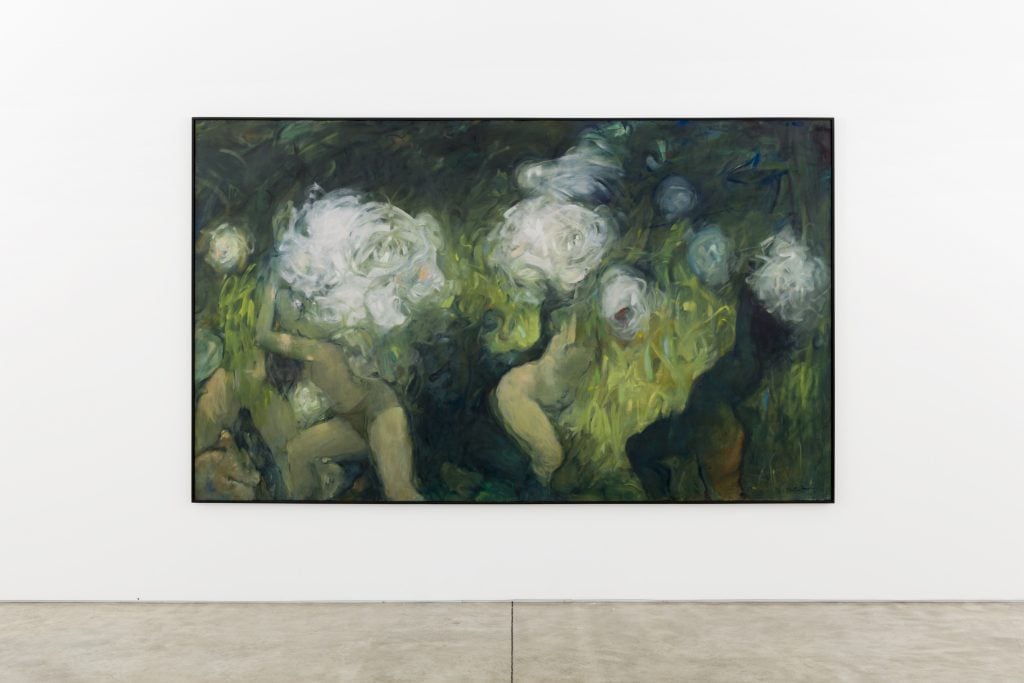
Dorothea Tanning, On Avalon (1987). Photo by Diego Flores, courtesy of Kasmin Gallery, New York, ©2022 the Destina Foundation/Artists Rights Society (ARS), New York.

“Dorothea Tanning: Doesn’t the Painting Say It All” at Kasmin Gallery, New York. Photo by Diego Flores, courtesy of Kasmin Gallery, New York, ©2022 the Destina Foundation/Artists Rights Society (ARS), New York.
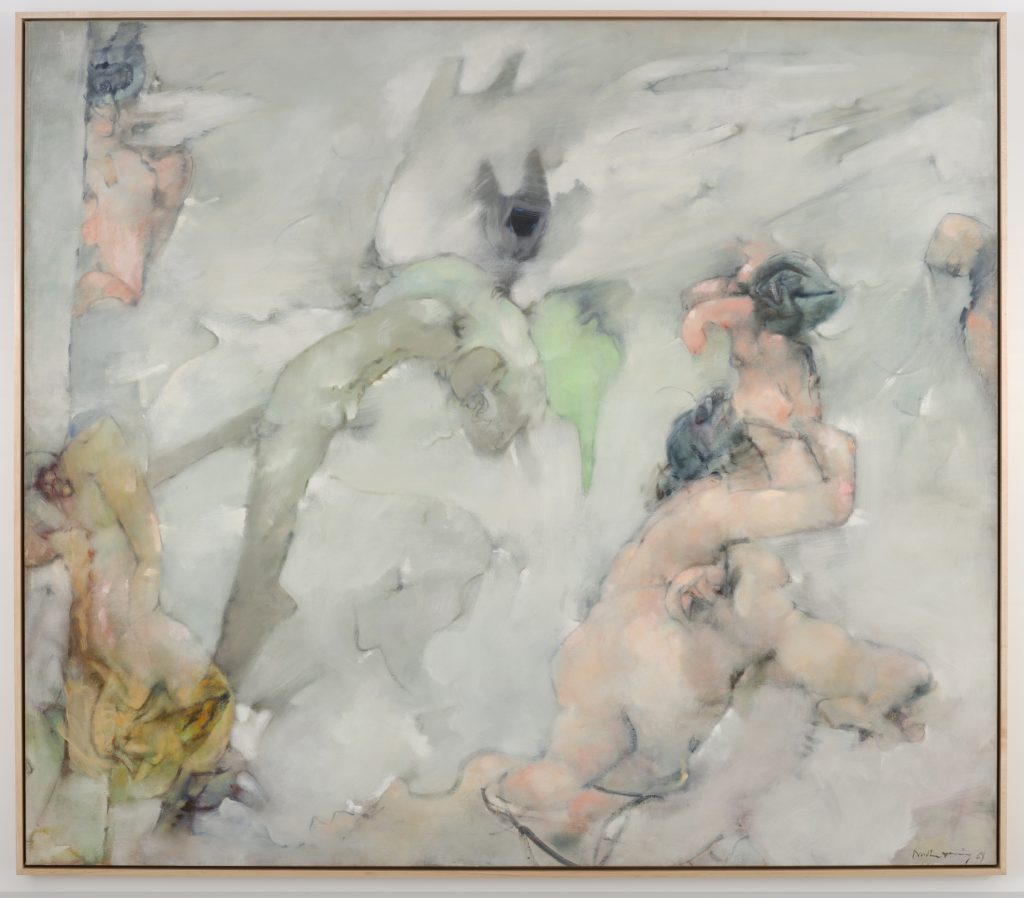
Dorothea Tanning, Far From (1964). Photo by Diego Flores, courtesy of Kasmin Gallery, New York, ©2022 the Destina Foundation/Artists Rights Society (ARS), New York.
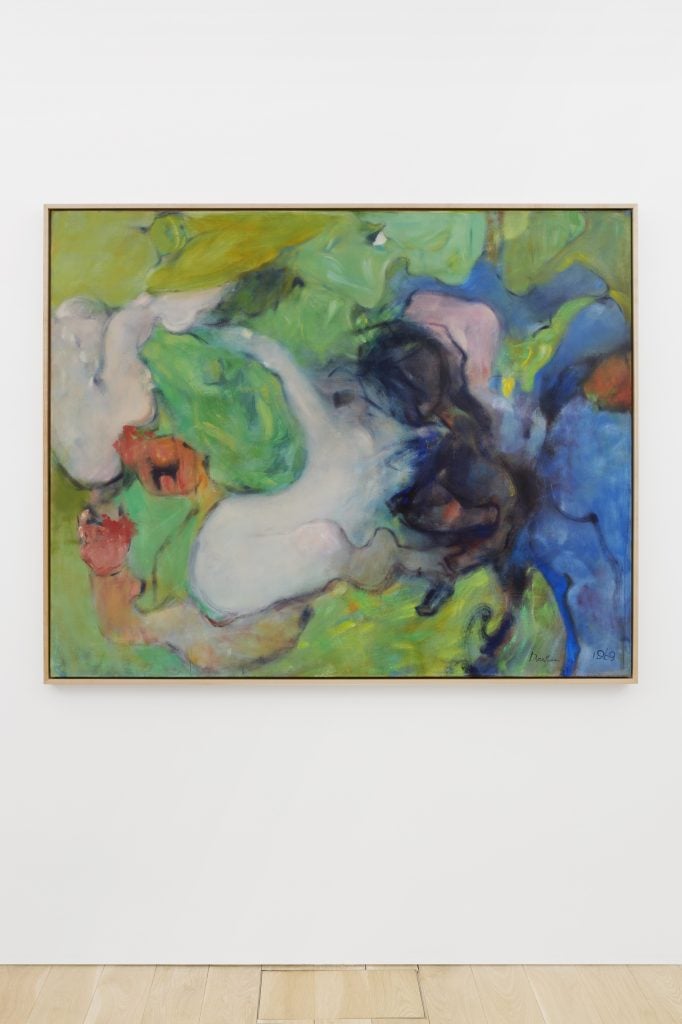
Dorothea Tanning, Philosophie en plein air (1969). Photo by Diego Flores, courtesy of Kasmin Gallery, New York, ©2022 the Destina Foundation/Artists Rights Society (ARS), New York.
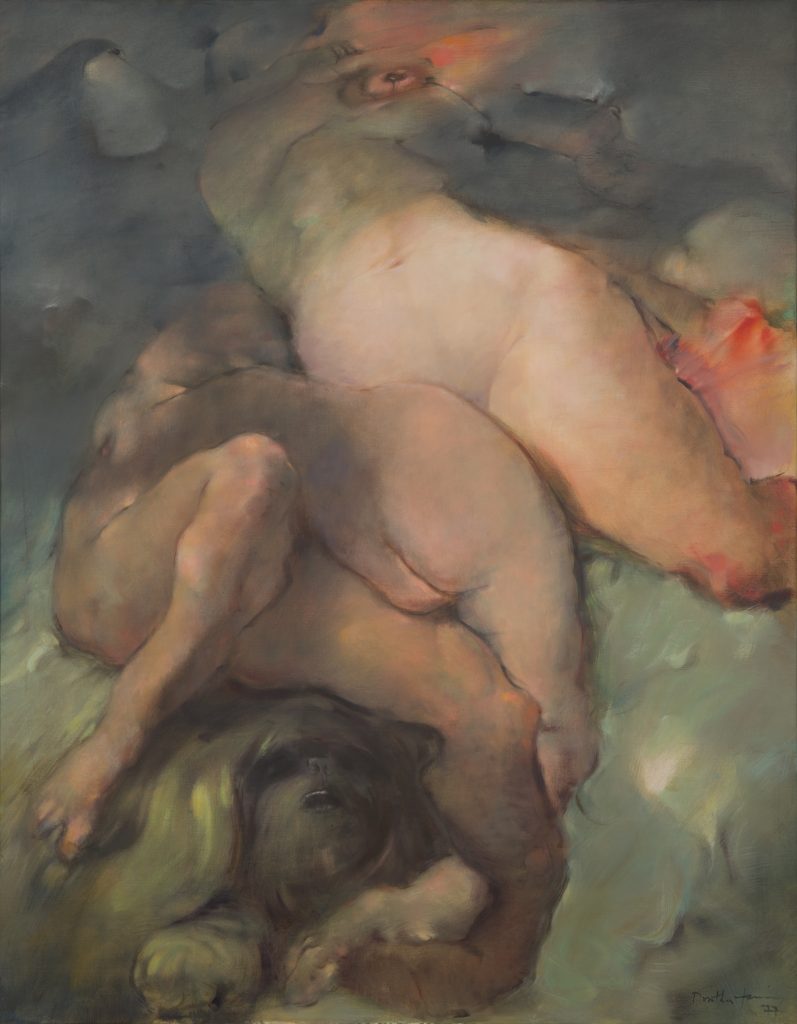
Dorothea Tanning, Portrait de famille (1977). Photo by Diego Flores, courtesy of Kasmin Gallery, New York, ©2022 the Destina Foundation/Artists Rights Society (ARS), New York.
“Dorothea Tanning: Doesn’t the Painting Say It All” is on view at Kasmin Gallery, 509 West 27th Street, New York March 3–April 16, 2022.